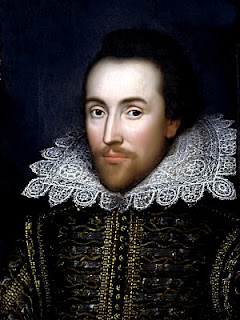Edward Weston (1886-1958) was a pioneering American
photographer who is widely regarded as one of the most influential figures in
the history of photography. He was known for his mastery of the medium and his
exploration of various genres, including landscape, still life, and
portraiture. Weston's work showcased a keen eye for detail, a focus on form and
composition, and a dedication to capturing the essence of his subjects.
Born on March 24, 1886, in Highland Park, Illinois, Edward
Weston began his photography career in the early 1900s. He initially worked as
a portrait photographer in California before embracing a more artistic approach
to the medium. Weston's early photographs were heavily influenced by
pictorialism, a prevalent style at the time that sought to imitate paintings.
However, he soon veered away from this style and adopted a more direct,
modernist approach.
In the 1920s and 1930s, Weston established himself as a
leading figure in the emerging modernist movement. He began photographing
natural forms, such as shells, vegetables, and rocks, in stunning detail and
clarity. These close-up studies, known as "still lifes," showcased Weston's
exceptional technical skills and his ability to find beauty in everyday
objects. His photographs emphasized form, texture, and tonal range, often
capturing the subjects with a precise, sharp focus.
Weston's landscape photography also played a crucial role in
his body of work. He embarked on several notable series, including his
celebrated images of the American West, particularly the deserts of California.
These landscape photographs reflected his fascination with natural forms,
abstract shapes, and the interplay of light and shadow. Weston's landscapes
demonstrated his ability to capture the grandeur and beauty of the environment
while infusing them with his unique artistic vision.
In addition to his still lifes and landscapes, Weston also
produced notable portraits, including intimate studies of his family members
and close friends. His portraits showcased his ability to capture the essence
and personality of his subjects, often through straightforward and unadorned
compositions.
Edward Weston's contributions to photography extended beyond
his artistic practice. He was a founding member of Group f/64, an influential
collective of photographers that advocated for sharp focus and a straightforward
approach to image-making. Weston's commitment to technical excellence and his
pursuit of photography as a fine art form helped elevate the medium's status
and influence future generations of photographers.
Weston's work received widespread recognition and numerous
accolades throughout his career. He exhibited extensively, and his photographs
continue to be exhibited in major galleries and museums worldwide. His iconic
images, such as "Pepper No. 30" and "Nude, 1936," have become
iconic examples of modernist photography.
Edward Weston passed away on January 1, 1958, in Carmel,
California. His artistic legacy endures, and his contributions to the medium
continue to inspire and influence photographers to this day.
Ten
questions about Edward Weston:
- What
are some of the key characteristics of Edward Weston's photographic style?
- How
did Edward Weston contribute to the development of modernist photography?
- Which
genres did Edward Weston explore in his photography, and what are some
notable examples of his work in each genre?
- Can
you describe Edward Weston's approach to still life photography and his
unique perspective on capturing everyday objects?
- What
was the significance of Edward Weston's involvement with Group f/64?
- How
did Edward Weston approach landscape photography, particularly his images
of the American West?
- In
what ways did Edward Weston's portraiture showcase his ability to capture
the essence of his subjects?
- Which
of Edward Weston's photographs are considered iconic or representative of
his work?
- How
did Edward Weston's technical skills and mastery of the medium contribute
to the elevation of photography as a fine art form?
- What
is Edward Weston's legacy in the world of photography, and how has his
work influenced subsequent generations of photographers?











